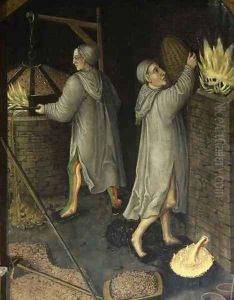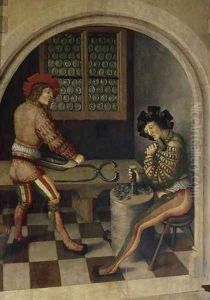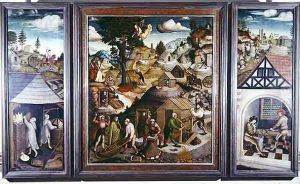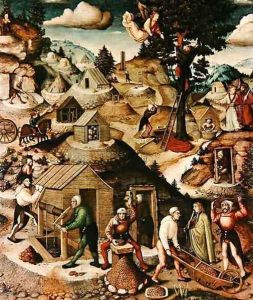Hans Hesse Paintings
Hans Hesse, also known as Hans Hess, was a German painter active during the Renaissance period, specifically in the early 16th century. He was born in 1480 in Ulm, a city in the Swabian region of Bavaria, which was then part of the Holy Roman Empire. Hesse is often associated with the 'Ulm School' of painting, which was characterized by a blend of late Gothic and early Renaissance styles and was prominent in Southern Germany during this time.
Hesse's training and early influences are not well-documented, but it is likely that he was trained by local artists in Ulm, where he would have been exposed to the work of prominent painters such as Hans Schüchlin and Bartholomäus Zeitblom. His style suggests that he absorbed elements of the Danube School, which was known for its landscape painting and expressive use of color, as well as the influence of Northern Renaissance artists like Albrecht Dürer.
Hesse is primarily known for his religious works, including altarpieces, frescoes, and panel paintings. He had a successful career as a master painter in Ulm and was commissioned by both ecclesiastical and secular patrons. His works often featured detailed narrative scenes from the Bible and the lives of the saints, executed with a keen attention to detail and a vivid color palette. One of his notable works is the 'St. Sebastian Altarpiece' which was created for the Ulm Minster.
Hans Hesse's death is recorded in 1542 in Ulm, where he had spent the majority of his career. While his work may not have achieved the same level of fame as some of his contemporaries, it remains an important part of the artistic heritage of the Renaissance in Southern Germany. His paintings are appreciated for their blend of Gothic tradition and Renaissance innovation, and they continue to be studied for their contribution to the development of German Renaissance art.



